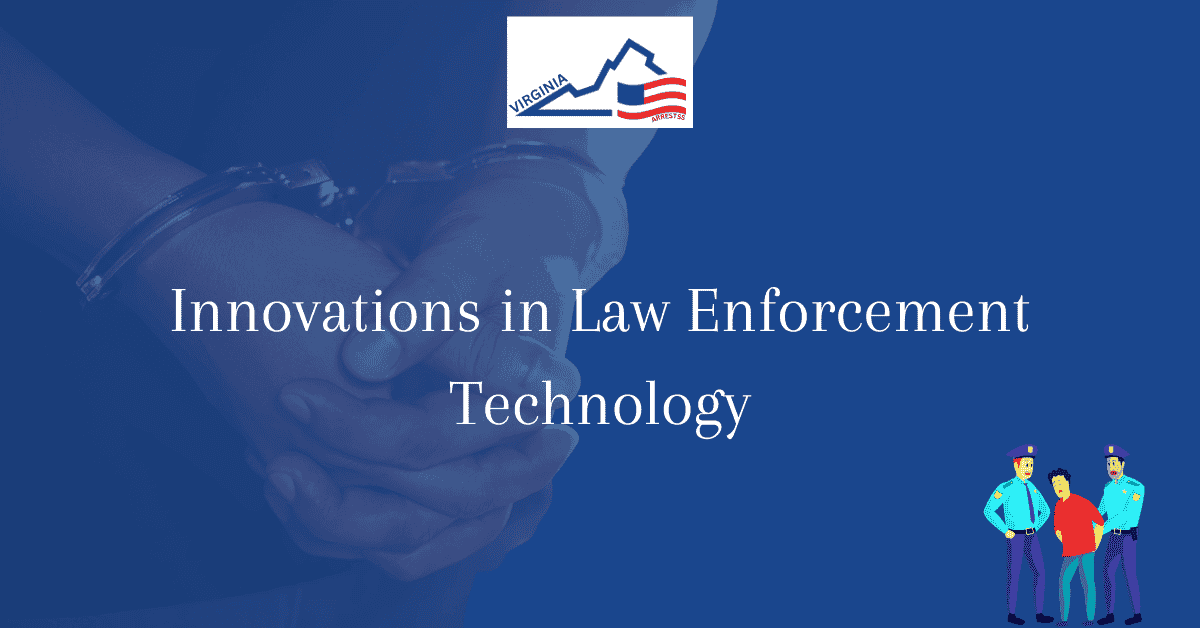Innovations in Law Enforcement Technology
Innovations in Law Enforcement Technology have revolutionized the way law enforcement agencies operate and combat crime. From advanced surveillance systems to predictive analytics software, these technological advancements have significantly enhanced the effectiveness and efficiency of policing efforts. With the integration of cutting-edge technology, law enforcement agencies are better equipped to address evolving threats and protect communities.
The adoption of body cameras, drones, and data analytics tools has provided law enforcement officers with valuable resources to gather evidence, analyze crime patterns, and improve decision-making processes. By leveraging these innovative technologies, law enforcement agencies can enhance transparency, accountability, and overall public safety. As advancements in law enforcement technology continue to evolve, the future of policing holds great promise in ensuring a safer and more secure society for all.
Innovations in Law Enforcement Technology
Advancements in law enforcement technology have transformed police operations, bolstering capabilities in crime prevention, investigation, and community engagement. From body-worn cameras and drones for surveillance to predictive analytics and artificial intelligence, these tools enhance efficiency, accuracy, and transparency. They enable faster responses, promote accountability, and streamline evidence gathering and analysis, ultimately enhancing public safety and fostering trust between communities and law enforcement.
Impact of Body Cameras and Facial Recognition Software
Body cameras and facial recognition software have revolutionized law enforcement practices in recent years. Body cameras worn by police officers provide a transparent record of interactions between law enforcement and civilians, promoting accountability and trust within communities. Facial recognition software, on the other hand, enhances the identification and tracking of suspects, aiding in investigations and preventing crimes. These technologies have significantly improved the accuracy and efficiency of police operations, leading to better outcomes for both law enforcement officers and the public.
Efficiency and Effectiveness in Police Operations
The integration of cutting-edge technology in police operations has significantly enhanced the efficiency and effectiveness of law enforcement agencies. From real-time data analysis to predictive policing software, modern tools have enabled police officers to respond to incidents more quickly and proactively. By streamlining processes and optimizing resource allocation, technology has helped law enforcement agencies improve their overall effectiveness in combating crime and ensuring public safety.
Integration of Cutting-Edge Technology for Public Safety
Law enforcement agencies are increasingly integrating cutting-edge technology into their daily operations to enhance public safety. From drones for surveillance and search operations to unmanned aerial vehicles for aerial reconnaissance, these tools provide law enforcement officers with valuable resources for maintaining law and order. By leveraging innovative technologies, police departments can better protect communities and respond to emergencies more effectively, ultimately improving overall public safety.
Use of Drones for Surveillance and Search Operations
Drones have become an indispensable tool for law enforcement agencies in conducting surveillance and search operations. These unmanned aerial vehicles offer a bird’s eye view of crime scenes and remote areas, enabling officers to gather critical information and evidence quickly and efficiently. By utilizing drones, law enforcement can enhance their surveillance capabilities and improve their response times, ultimately leading to more successful investigations and apprehensions.
Benefits of Unmanned Aerial Vehicles in Law Enforcement
Unmanned aerial vehicles (UAVs) have transformed the way law enforcement agencies approach crime-fighting and public safety. With their ability to cover large areas quickly and access hard-to-reach locations, UAVs provide law enforcement officers with a valuable tool for conducting search and rescue operations, monitoring traffic, and responding to emergencies. The benefits of UAVs in law enforcement are vast, ranging from cost savings to improved operational efficiency, making them an essential asset for modern policing.
Role of Predictive Policing Software in Crime Prevention
Predictive policing software plays a crucial role in helping law enforcement agencies prevent crimes before they occur. By analyzing historical crime data and identifying patterns and trends, predictive policing software can help police departments allocate resources more effectively and deploy officers to high-risk areas proactively. This proactive approach to law enforcement not only deters criminal activity but also enhances community safety by targeting potential threats before they escalate.
Proactive Approach to Law Enforcement with Technology
The proactive use of technology in law enforcement has fundamentally changed the way police departments approach crime prevention and public safety. By leveraging advanced tools such as predictive policing software and surveillance drones, law enforcement agencies can anticipate and prevent crimes more effectively, ultimately reducing the burden on communities and improving overall quality of life. This proactive approach demonstrates the power of technology in enhancing law enforcement practices and fostering safer communities for all.
Anticipating and Preventing Crimes with Innovative Tools
Innovative tools and technologies have empowered law enforcement agencies to anticipate and prevent crimes more effectively than ever before. By harnessing the power of data analysis, artificial intelligence, and real-time surveillance, police departments can proactively identify and address potential threats before they materialize. These innovative tools not only improve the efficiency of law enforcement operations but also enhance the safety and security of communities, demonstrating the significant impact of technology on modern crime-fighting efforts.
Frequently Asked Questions
Our Frequently Asked Questions section aims to provide detailed information on Innovations in Law Enforcement Technology to enhance user understanding and knowledge in this field.
What are some common examples of innovations in law enforcement technology?
Innovations in law enforcement technology include body cameras, drones, predictive policing software, facial recognition technology, and crime mapping tools. These advancements have revolutionized the way law enforcement agencies operate, allowing for more efficient and effective crime prevention and investigation.
How do body cameras benefit law enforcement officers?
Body cameras worn by law enforcement officers provide a visual record of interactions with the public, enhancing transparency and accountability. These devices can help protect officers from false accusations, improve evidence collection, and promote professionalism in policing.
What is predictive policing software and how does it work?
Predictive policing software uses algorithms and data analysis to forecast where and when crimes are likely to occur. By analyzing historical crime data and other relevant factors, law enforcement agencies can allocate resources more effectively, prevent crimes, and improve overall public safety.
How is facial recognition technology used in law enforcement?
Facial recognition technology allows law enforcement agencies to identify individuals by analyzing their facial features. This tool is used for various purposes, such as identifying suspects, locating missing persons, and enhancing security at events or public spaces. However, concerns regarding privacy and accuracy have been raised in relation to its use.
What role do drones play in law enforcement operations?
Drones are increasingly used by law enforcement agencies for surveillance, search and rescue missions, crime scene investigation, and monitoring large-scale events. These unmanned aerial vehicles provide law enforcement officers with valuable aerial perspectives, improving their ability to respond to emergencies and gather crucial information.
How do crime mapping tools assist law enforcement agencies?
Crime mapping tools utilize geographic information systems (GIS) to visualize and analyze crime data, helping law enforcement agencies identify crime patterns, allocate resources strategically, and develop targeted crime prevention strategies. By mapping crime incidents, trends, and hotspots, law enforcement agencies can enhance their decision-making processes and improve community safety.







